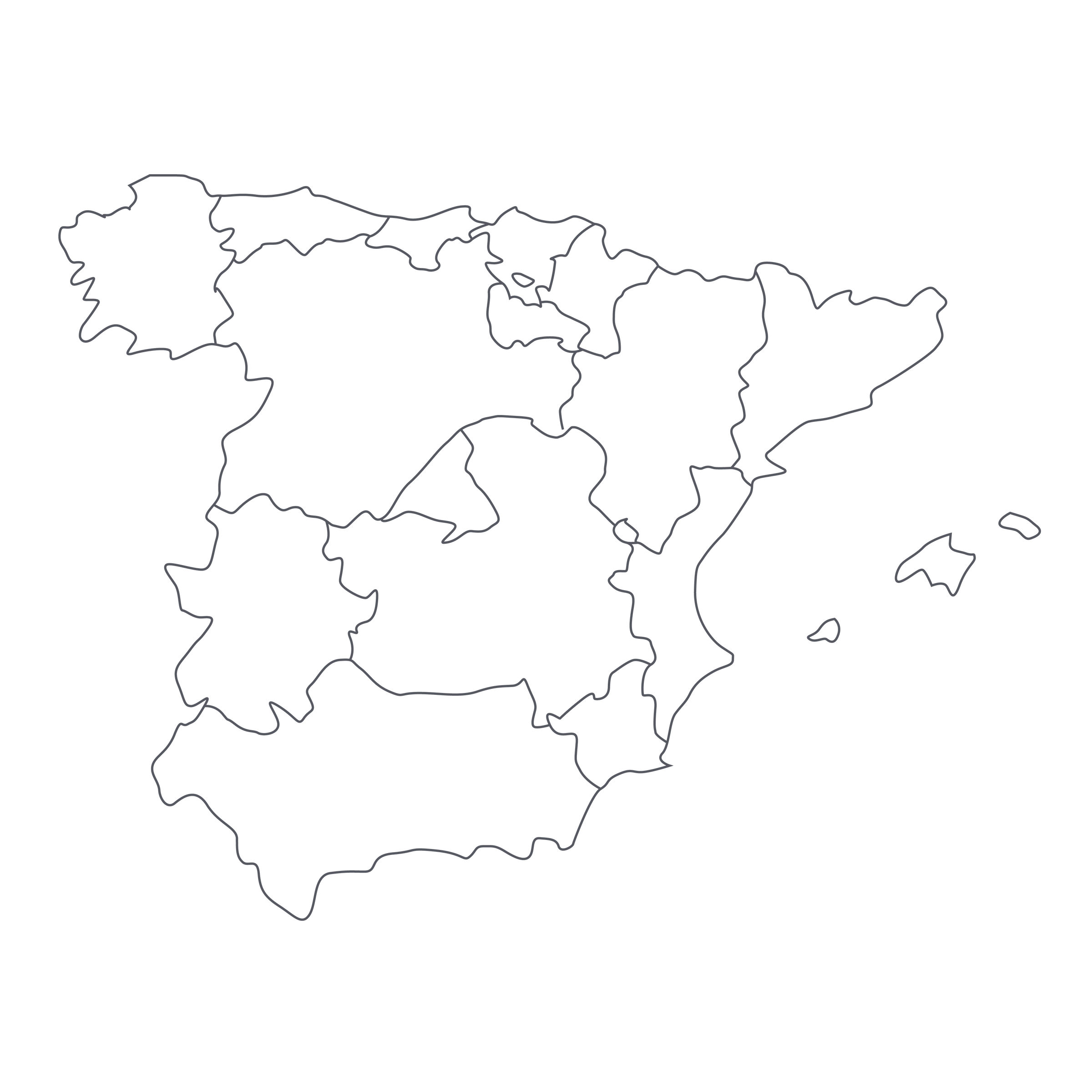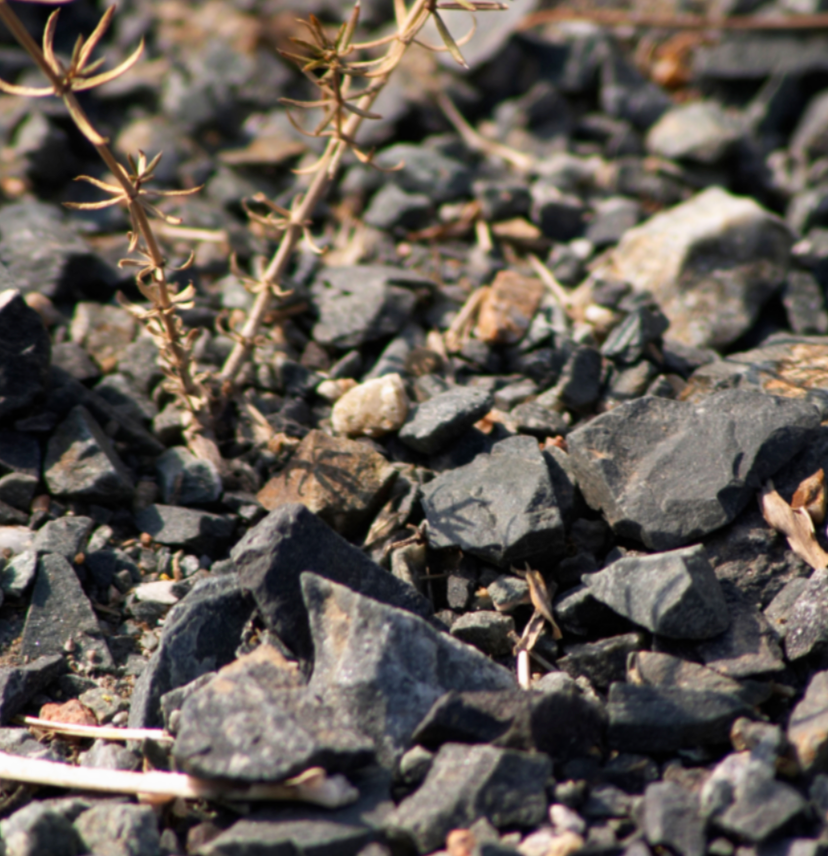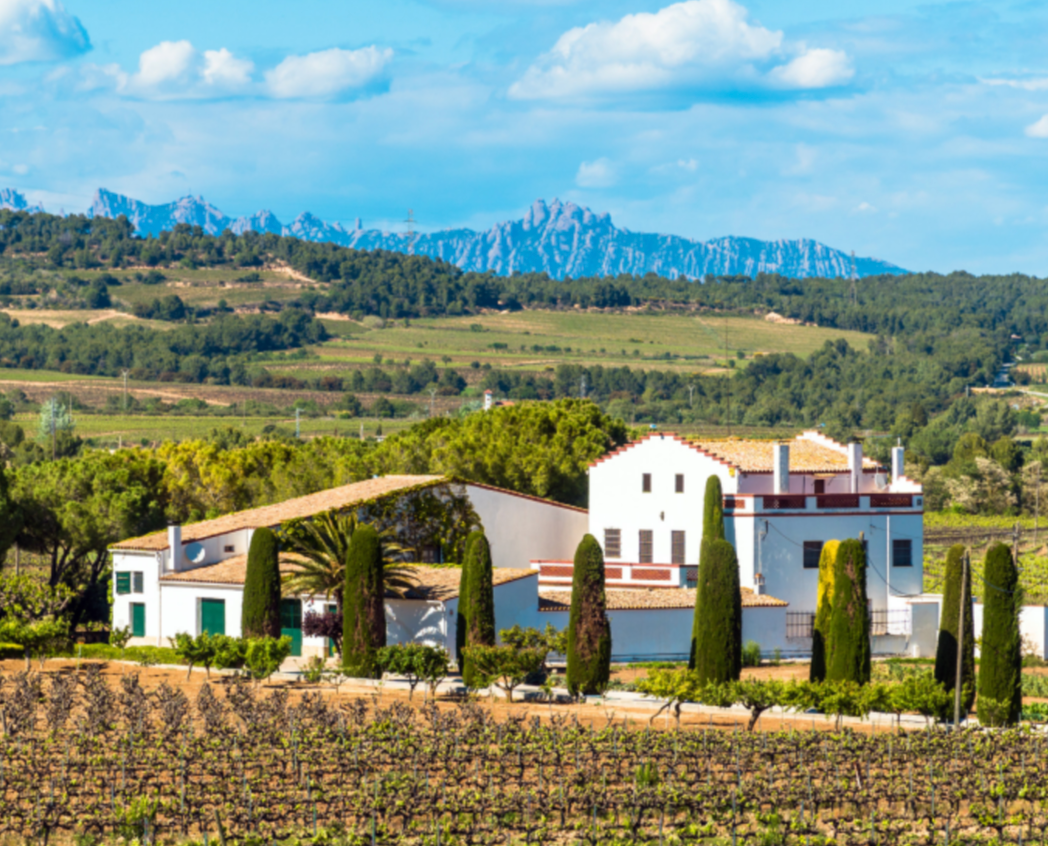This is the last red wine SommSelect is featuring in 2017. We’ve saved it for a special occasion because 2012 marks only the second vintage of which we’ve managed to acquire enough of this rare, practically unattainable wine. Simply put, this is one of the most impressive, detailed, and evocative reds I’ve opened all year—and a convincing reminder that even the most passionate Francophile wine fanatic must never dismiss Spain.
Of course, I’m not the first person to bang the drum on behalf of Luis Rodriguez and his mindblowing wines. Many sommeliers and collectors—especially those with an affinity for Burgundy and Northern Rhône reds—already pursue Luis’ wines with a determination that renders them virtually invisible in North America. A few hundred bottles of each cuvée arrive in New York and California each year, before disappearing immediately into dark cellars, never to be seen again. Still, it is a privilege to offer this prized “Escolma” today. This is his single most-limited wine, and, now with several years of bottle age, it has entered its prime drinking window. Due to extremely limited inventory, we can only offer up to four bottles per customer. Do yourself a favor and take your limit—this is an absolutely beguiling red!
As I’ve said before, my early years in the wine world coincided with what some would consider the “dark ages” of Spanish wine in the US. In the early 2000s, so many wines from Spain were “modernizing.” They were often flat, dark purple, and dripping with oak and alcohol while possessing little true terroir character. Fortunately, the last decade has seen a renaissance for esoteric and truly regional Spanish wines, and particularly those from the northwest region of Galicia. The cool, Atlantic climate is ideal for producing wines of great balance and mineral purity. It’s a short list, but the very best of these wines combine the finesse of Burgundy and the brooding depth of the northern Rhône—all tied together with an electricity and aromatic palate that is uniquely Spanish.
At the top of my list are the inimitable wines of Luis Rodriguez. Luis farms just five hectares spread across some 100 parcels in the rural Galician village of Arnoia. These “micro parcels” hug the granite hillside at 300-1,000 feet elevation and offer a diverse mosaic of soil characteristics and aromatics, all of which are brilliantly delineated in the estate’s final cuvées. After studying viticulture and enology at the esteemed University of Madrid, Luis worked and traveled extensively across the great appellations of Europe before bottling his first vintage in 1988. Almost three decades later, Luis' “one man show” has earned a singular status in the region.
His Ribeiro “Escolma,” the 2012 vintage of which we are offering today, represents the pinnacle of this elite estate and tiny, rural region. It’s not a stretch to say this bottle is among (if not THE) most celebrated red wines in the entire northwest corner of Spain, hailing from Luis’ oldest and lowest-yielding vines. In cool vintages, warm vintages, and even “off” vintages, this wine always delivers the fireworks in its youth while packing the structure and depth to evolve and improve with age. After fermentation in a small collection of older and new 300-liter French oak barrels, “Escolma” is finished with no filtering or fining. Each bottle rests for three years prior to release.
I opened five different Rodriguez wines for one dinner last month. In the context of Luis’ diversely impressive lineup, there is something deeper and especially evocative about this 2012 “Escolma.” Its appearance is darker, shinier, and more regal than its younger brothers and sisters. This wine enters your glass with a wave of black currant, red cherry, violets, wild flowers, forest undergrowth, graphite, wet stone, and the faintest essence of barrel spice. Like all the world’s greatest wines, it evolves rapidly and continually in the glass for not only hours, but days. It begins with the primary fruit of top Chambolle-Musigny before stony, savory notes lead it toward Cornas and Hermitage. After 30-60 minutes of air, the wine coalesces into dark, granitic black fruit and meaty smoke. It remains in this sweet spot for 2-3 days while savory and smoky olive notes gradually overtake the young fruit. It’s certainly possible to find wines of equivalent depth in France—but you won’t find this same chameleonic aromatic character, and certainly not at this price. Escolma is a truly singular wine. I encourage you to match its depth and grandeur with one of my favorite beef preparations (attached). Take your time searing and resting the meat and enlist the help of a friend when layering the dough, but trust that your patience and focus will be rewarded by a truly memorable meal and one heck of a stunning wine. Cheers!





